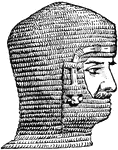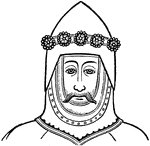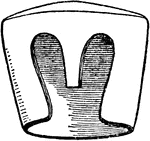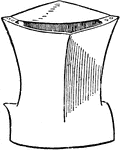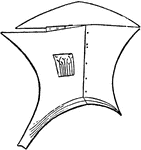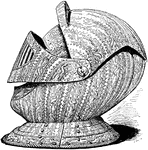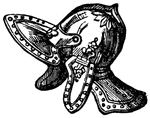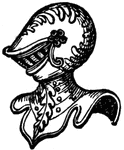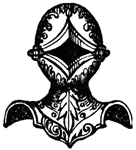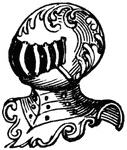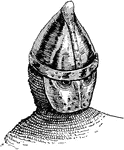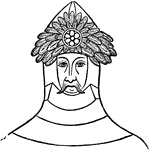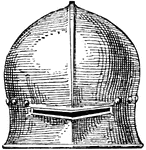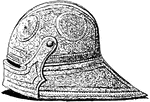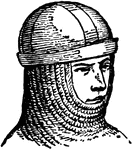Helmets

Aigret
"A plume composed of feathers arranged in imitation of the feathers on the head of the heron, and worn…

Helm of Baronet
"The Helm of Baronet and Knights is of steel, garnished with silver, and standing affronté; the…
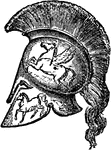
Helmet
The oldest use of helmets was by Ancient Greek soldiers, who wore thick leather or bronze helmets to…

Medieval Helmet with Fan Crest
"Fan-crest, about 1350. A form of crest common in the middle ages at different periods, as in the reign…

Steel Armet
"Steel Armet, about A.D. 1450. A, calotte or cap; a, neck-guard riveted to A, and having a prolongation…
